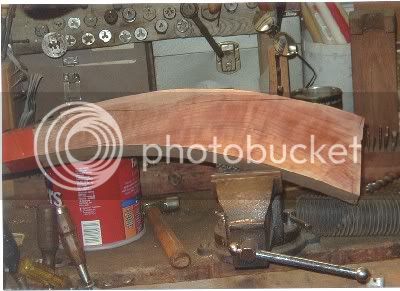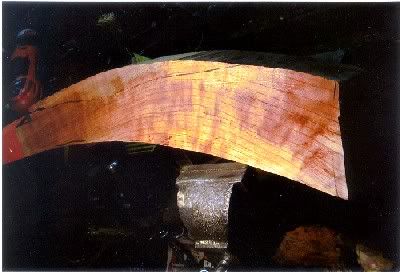Walks with fire
54 Cal.
I have a section of Black Cherry log that is about 18" diameter and long enough for a stock. Can this be air dried and then make a stock out of it? Is Black Cherry a good wood for a stock? How does the weight compare to other woods? Is Black Cherry easy or harder to work than other woods? Should a larger log be selected for use? Thanks mossie






